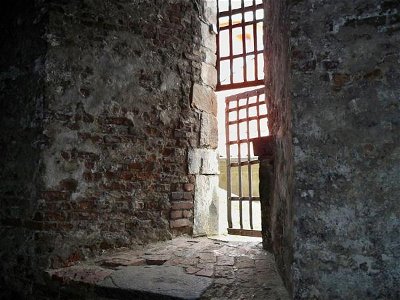1. In Aeschylus' tragedy "Agamemnon", the eponymous character is killed by his wife to avenge his sacrifice of their daughter Iphigenia. What is the murderous lady's name?
From Quiz Revenge
Answer:
Clytemnestra
The first of the three tragedies that compose Aeschylus' trilogy "Oresteia", "Agamemnon" (written around the mid-6th century BC) focuses on the titular character's homecoming from the Trojan War. Agamemnon, king of Argos and Mycenae and supreme leader of the Greeks, returns home after ten years with his new concubine Cassandra, a Trojan princess and priestess of Apollo. His queen Clytemnestra, however, has been nursing a grudge against her husband since the beginning of the war because of his sacrifice of their daughter, Iphigenia, who was killed to appease the goddess Artemis and allow the Greek fleet to reach Troy. During Agamemnon's absence she has taken her husband's cousin, Aegisthus, as a lover, and with him has planned Agamemnon's murder. Aegisthus is also pursuing his own revenge against the king, whose father Atreus usurped his brother Thyestes' throne and killed two of his sons, feeding their bodies to their father. Cassandra, a prophetess, sees her death and Agamemnon's, but no one heeds her. Clytemnestra murders both in the bath, and then proudly stands beside Aegisthus, with whom she claims power over the city.
"Agamemnon" has a stripped-down cast of characters, with the chorus - as customary in Ancient Greek drama - providing a running commentary on the action. In this case, the members of the chorus are a group of elders of the city, faithful to Agamemnon. The whole trilogy revolves around the themes of revenge and justice. In the second part, "The Libation Bearers", Orestes, Agamemnon and Clytemnestra's son, avenges his father's death by killing his mother and Aegisthus. Plagued by a curse due to the heinous crimes committed by its members, the House of Atreus is caught in a seemingly endless cycle of bloody vengeance - which is broken in the trilogy's final part, "The Eumenides".
Medea and Hecuba also wreak bloody vengeance on men who wronged them in the two tragedies by Euripides that bear their names.








